Crosman 2300S Air Pistol Review
Oleg Volk 07.20.14
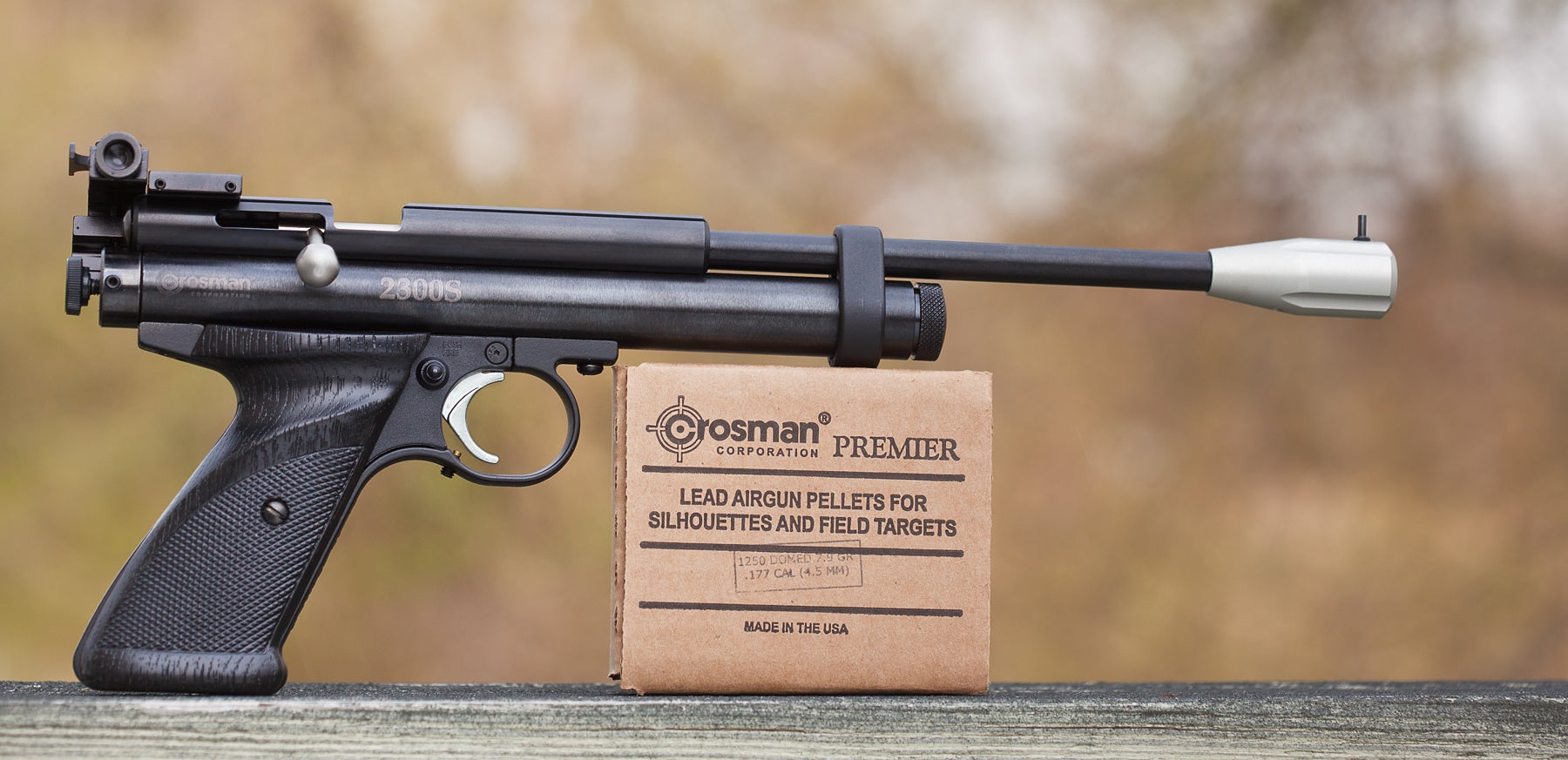
I’ve been shooting airguns, on and off, for thirty years. In the USSR, break-open .177 pellet guns were common at indoor arcades, and I spent many a 5-copek coin to buy two pellets and launch them against reactive metal targets 5-10 meters away. In 1990 Illinois, my father bought a pump pellet gun, a surprisingly accurate Crosman 740. Another decade later, I bought a Daisy break-open .177 for the sake of nostalgia. It proved quite useful for back yard marksmanship practice and a couple of rabbits, but the spongy trigger and fuzzy scope limited its utility.
A more powerful Gamo 880 break-open with a better scope followed, a present from a friend. Then a Diana RWS34, an even more powerful break-open with even better optics. The trouble with that gun is that shooting it felt like work–the cocking effort was significant, and the hefty piston made firing it feel like working an open bolt submachine gun.
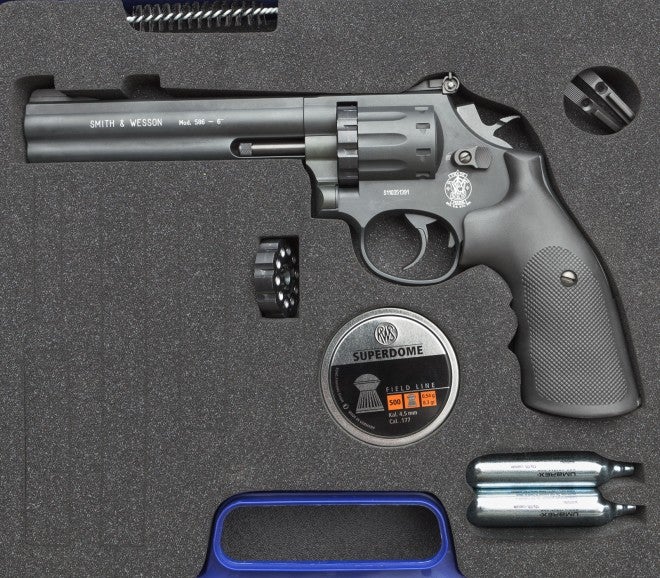
With air pistols, I started with a Crosman CO2 revolver and used it to train new shooters until somebody borrowed it permanently. The replacement Umarex “S&W586” didn’t quite live up to my expectations of accuracy and was relegated to training beginners. Having tried the Russian IZH46M free pistol, a single shot lever-charged air gun, I wanted something accurate enough to hit dandelions at ten yards. Crosman 2300S looked like a good option. Its specifications promised a quiet, accurate pistol with a long sight radius, a good trigger and a precision-made barrel, and there was another reason to choose it: the availability of a shoulder stock.
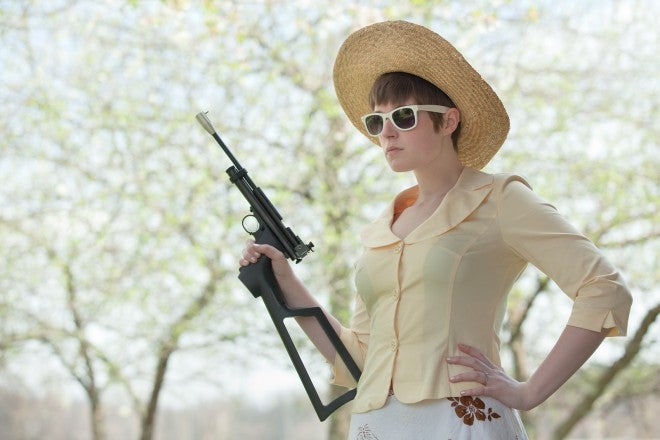
Not being a match shooter, I originally wanted this gun to be a trainer for small children, but the long length of pull on the stock made it impractical. I considered cutting down another stock, but that wouldn’t have helped–the pistol grip is sized very much for adults. The other issue was the loading. A pellet has to be oriented correctly to fit the chamber right, and that requires somewhat close attention. I prefer to train kids on more transparently operated guns.
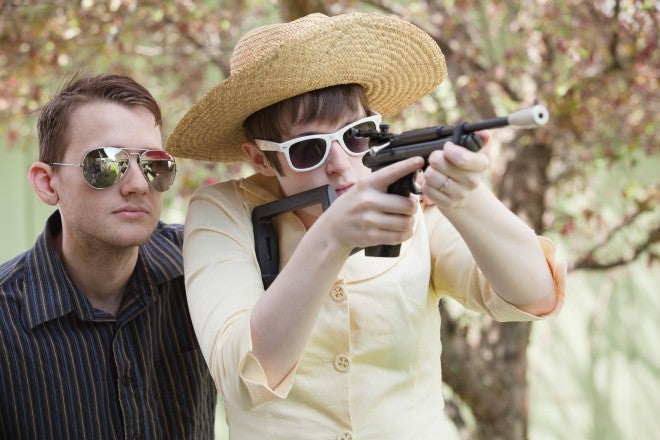
For adult shooters, it’s a different matter. Everyone found this pistol carbine a joy to operate. Eventually, I shifted the rear sight forward. In the original rear-most position, they are too close to the eye for correct alignment (a peep sight to remedy that is available from Crosman custom shop), while further forward the balance is between speed of acquisition and precision of alignment. I compromised between the two so that front sight just snaps into focus at once.
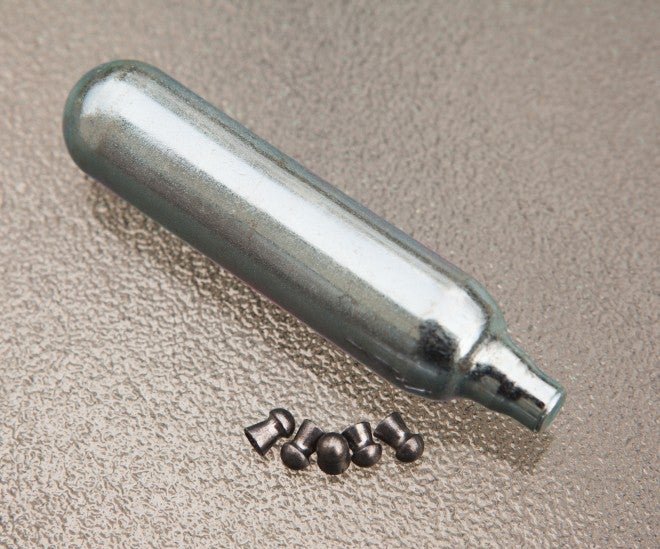
With the dearth of 22LR ammunition, .177 pellets became the next affordable training fodder. 1250 high grade pellets and the 20 powerlets required to launch them would set you back just over $50, coming out to 4 cents per shot. Even the cheapest rimfire ammunition is far more expensive than that now.
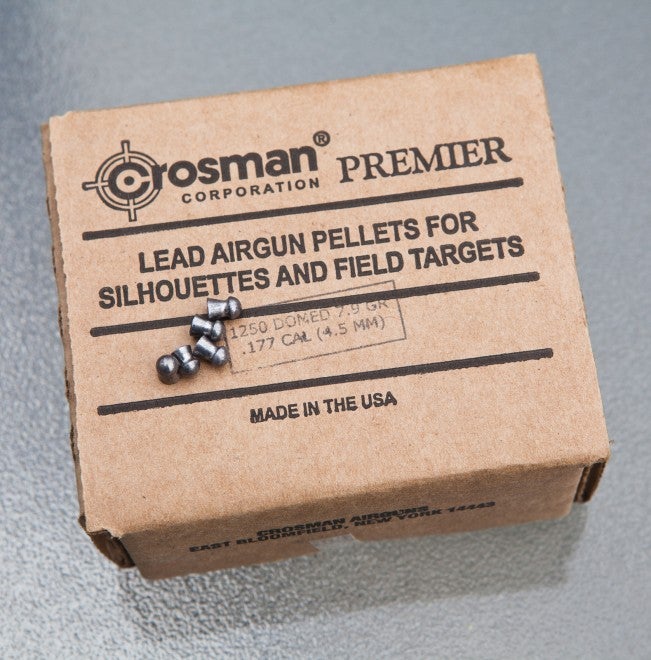
The knob at the back of the pistol is the velocity regulator. I tried different settings and returned to the default. Unlike entry level air guns, 2300S keeps velocity constant throughout the life of the powerlet. My chronograph showed variation from 405 to 409fps, and I am not sure how much of that was the margin of error for the measuring device. The low velocity means a quiet report but also requires careful range estimation.
The pistol carbine requires either an optic or a peep sight to achieve full mechanical accuracy. Set up with open sights, it’s good for the bottom of a pop can at 25 yards or a standing can at 35. At closer ranges, stance, sight alignment, and trigger control matter more than the mechanical dispersion, making it a good training tool for basic to intermediate level shooters.
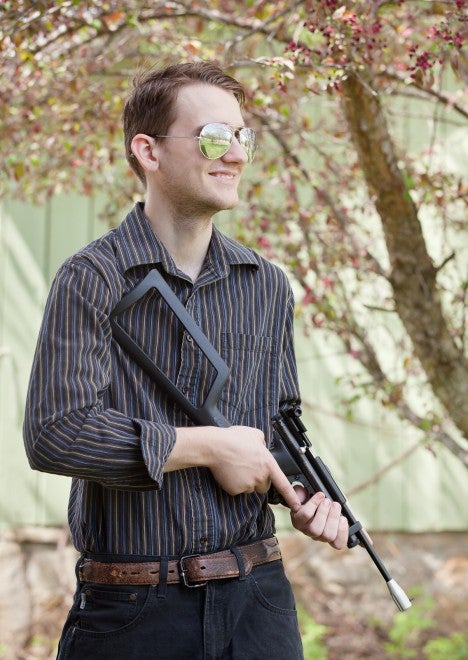
The first reaction to 2300S from every shooter I’ve seen has been a big smile. It’s light, cute, easy to use, and quiet. For me, it became the gun I shoot to relax. Recently, I mounted a Primary Arms 1-4x scope to test the precision of the barrel. Unlike spring piston air guns, CO2 pistol doesn’t shake the optic much. The groups dropped from about 2.5-3 inches at 25 yards to about 1.5. Keep in mind that 2300S is more accurate as a pistol thanks for the longer sight radius allowing more precise alignment than as a carbine. The scope removes that issue and allows more precise sight alignment. The overwhelming advantage of the carbine configuration is the improved balance and control over the gun, especially for the novice shooters.
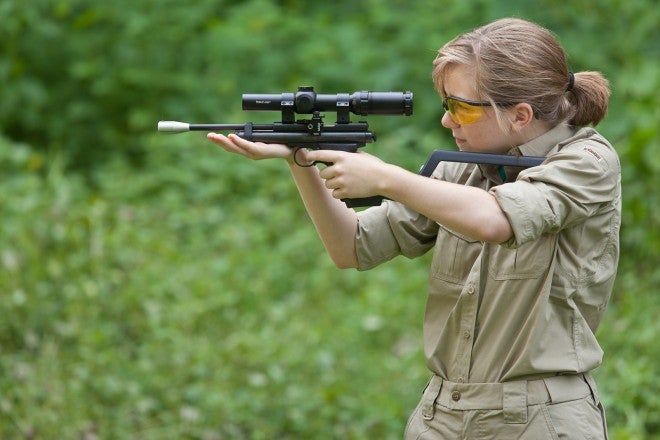
This configuration is also a great way to introduce non-political shooters to the idiocy of the NFA regulations. The 2300S runs $274, the less specialized but similar 2300T only $149, less than just the tax stamp for a single-shot bolt action .22, such as a Crickett pistol action on a Crickett rifle stock.
In sum, 2300S is expensive for a plinker but cheap for a precision target pistol. In actual use, it’s as much fun as any submachine gun I’ve tried at the fraction of the purchasing and operating cost. If you can afford it, I highly recommend it, both for personal use and for introducing new shooters to the fun of applied ballistics. Thanks to the low velocity of the pellets, range estimation and drop compensation can be practiced at 25 yards instead of 100 or further.
UPDATE: Turns out that properly mounting the scope and paying close attention to the cant of the gun, the groups can be shrunk to 1/2″ at 10 yards. Thanks to Michael Meador from Extreme Firepower for demonstrating the full accuracy of 2300S.